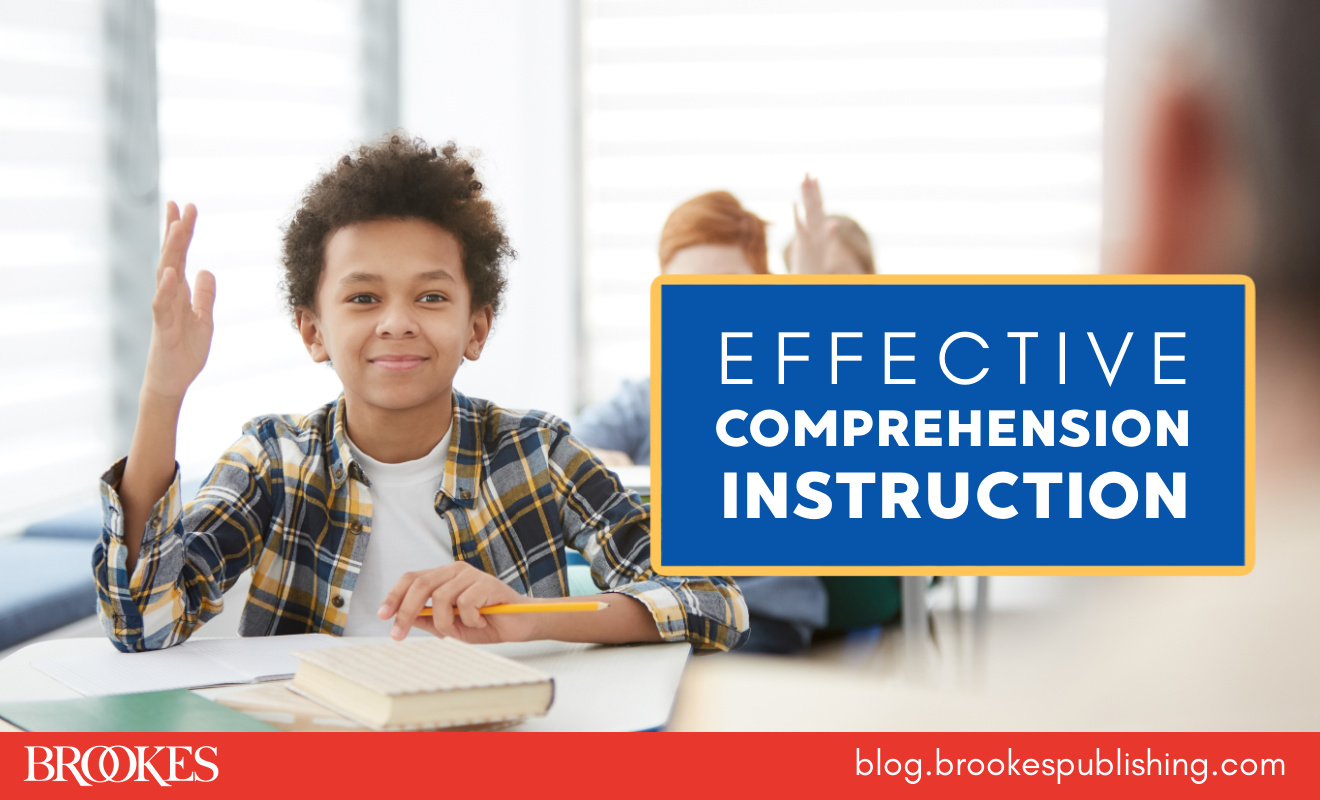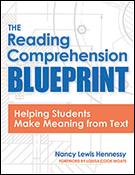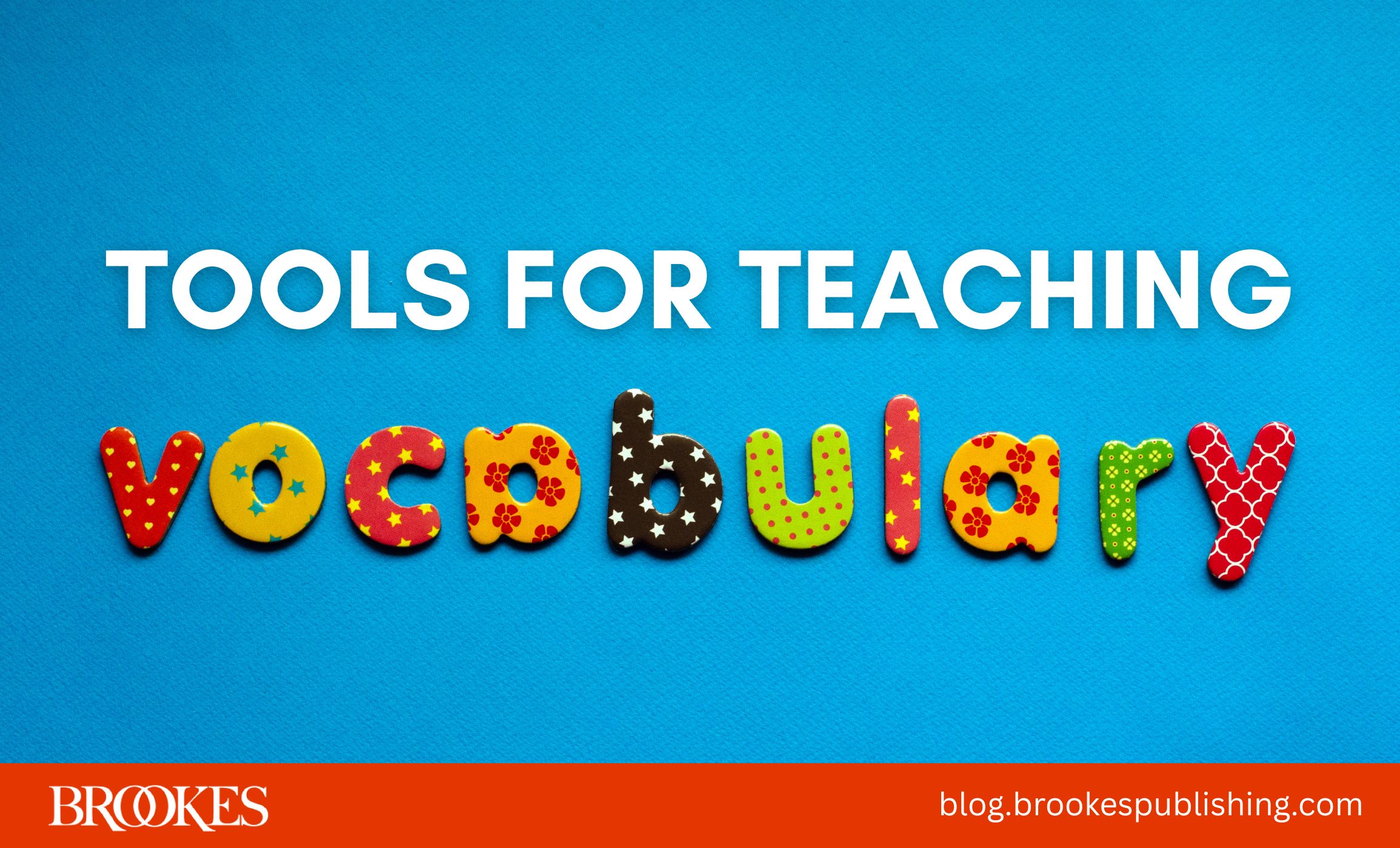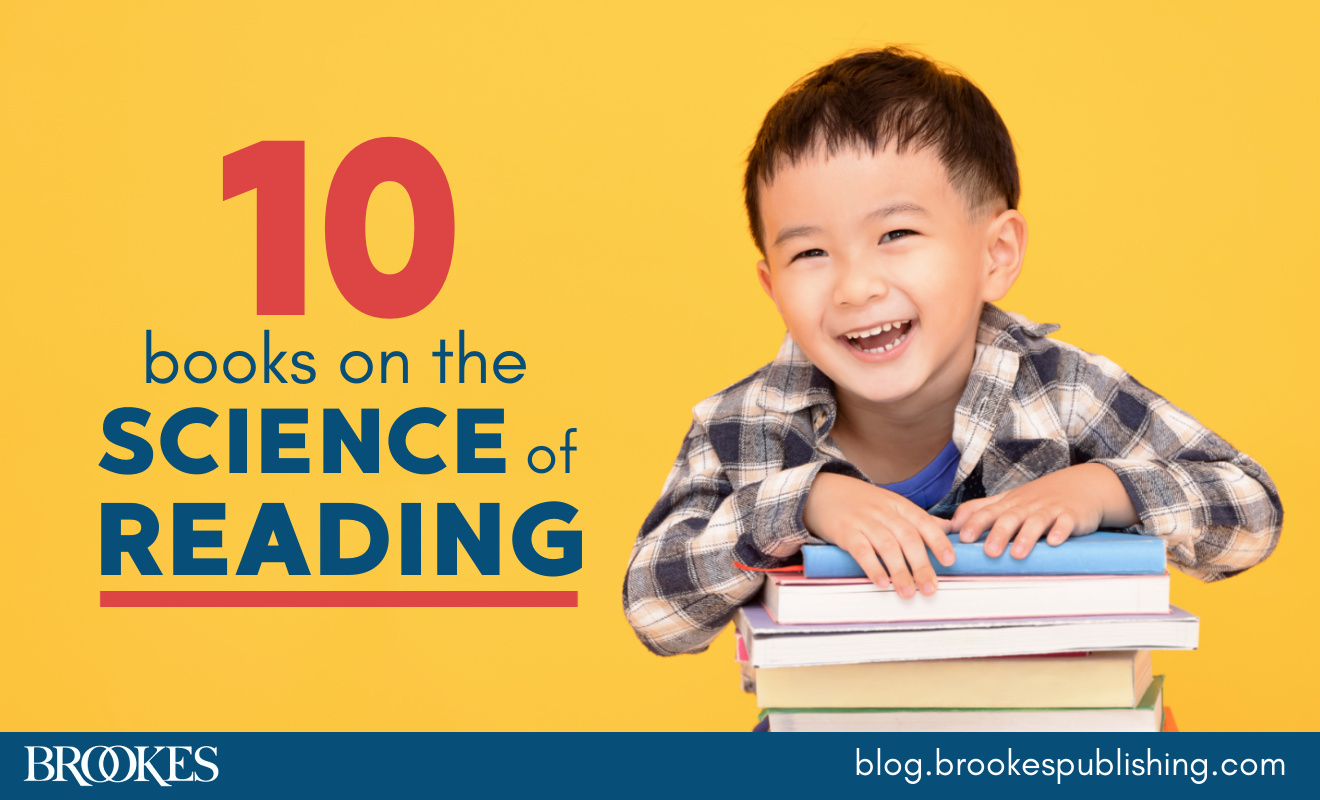Two Essentials for Preparing Effective Comprehension Instruction
October 29, 2024
 *Today’s post has been adapted from The Reading Comprehension Blueprint by Nancy Hennessy.
*Today’s post has been adapted from The Reading Comprehension Blueprint by Nancy Hennessy.
Comprehension instruction potentially requires a great deal of preparation before you deliver it to your students. If you’re committed to a comprehension curriculum that supports students’ development of knowledge—including academic language—then it’s essential to identify critical understandings you want students to have, and purposeful texts that will support those understandings. Here’s a closer look at these two essentials for preparing effective comprehension instruction.
Critical Understandings of Text
Although reading comprehension instruction occurs primarily in the reading or English language arts class, the development of deeper, enduring, or critical understandings applies across a variety of texts and disciplines. Attending to this development benefits students. As Tim Shanahan stated,
“Too often, the emphasis of a reading lesson is so much on the reading skill or strategy that the opportunity to expand children’s understanding of their world is lost.”
He added that reading lessons need to have double outcomes: an improvement in reading ability and an increased knowledge about whatever was read.
What would planning for enduring understandings look like in practice? Consider these two guidelines:
Think about what you want students to deeply understand. Review your current curriculum, instructional resources, and critical understandings that could be or are being taught across disciplines. Consider guiding questions like:
- What is the essential knowledge base that we want students to develop within and across grades and disciplines?
- Are there critical topics and enduring understandings that we want all students to have? These critical topics may be revisited in later grades, providing opportunity for elaboration and further construction of the student’s mental model, or new understandings may be introduced.
- What essential questions might we consider discussing with students? For a first-grade class, if the critical topic is “life lessons,” essential questions might be, “How can stories teach us lessons?” and “What does this story teach us?” For a fifth-grade class studying the topic of coming of age, essential questions might be “What does it mean to grow up?” and “What effect does culture have on growing up?”
Choose purposeful texts. Selecting purposeful texts is essential to building critical understandings—and, of course, to promoting language development. Whether the curriculum designates readings or teachers have voice in their selection, decisions regarding choice of books and readings are challenging. Here are some guiding questions that could help you find the right texts for specific purposes:
- Will these readings develop the identified enduring understandings?
- Will these readings provide opportunities to develop necessary language processes and skills?
- Do these texts provide opportunities to develop academic language?
- Do these readings represent different genres and disciplines and an integrated approach to learning?
- Have we considered access issues for struggling readers?
Gaining access to challenging texts is a necessary condition for all students across grade levels. It calls for a scaffolded approach not only for younger students but also for older students still struggling with word recognition. This may require the use of read-alouds and/or technology that delivers text by ear until students are able to read by eye. The curriculum should facilitate access to purposefully chosen texts that support students’ ability to meet content standards, including comparing and contrasting, analyzing, evaluating, and synthesizing information across texts.
Purpose for Reading
Comprehension is influenced by the interaction among the reader, text, task, and context. Your instructional focus may range from activities designed to build vocabulary or background knowledge to asking and answering inferential questions. Recognize the importance of setting a daily purpose for reading: “Purpose setting allows a student to develop a plan to guide their reading and to activate background knowledge and it helps them sort out pertinent information” (Blanton, Wood, & Taylor, 2007).
Purpose for reading is directly reflected in content and literacy goals and objectives. Ask yourself these questions:
- What are the content instructional goals and objectives?
- What are the literacy instructional goals and objectives?
Acquiring knowledge of critical topics, including enduring understandings, constitutes content goals, whereas the acquisition of critical language skills provides the basis for formulating literacy goals and objectives. Instructional purpose is central to both, but typically differs from lesson to lesson depending on the focus and student needs. The development of content and literacy knowledge is accomplished over time and through multiple interactions with varied text.
***
The information in today’s post is just the beginning of planning comprehension instruction that helps every student become a proficient reader. For a complete practical guide, get Nancy Hennessy’s bestselling book—aligned with the science of reading and IDA’s Structured Literacy approach!




Write a Comment
Your email address will not be published. Required fields are marked *
Post a Comment